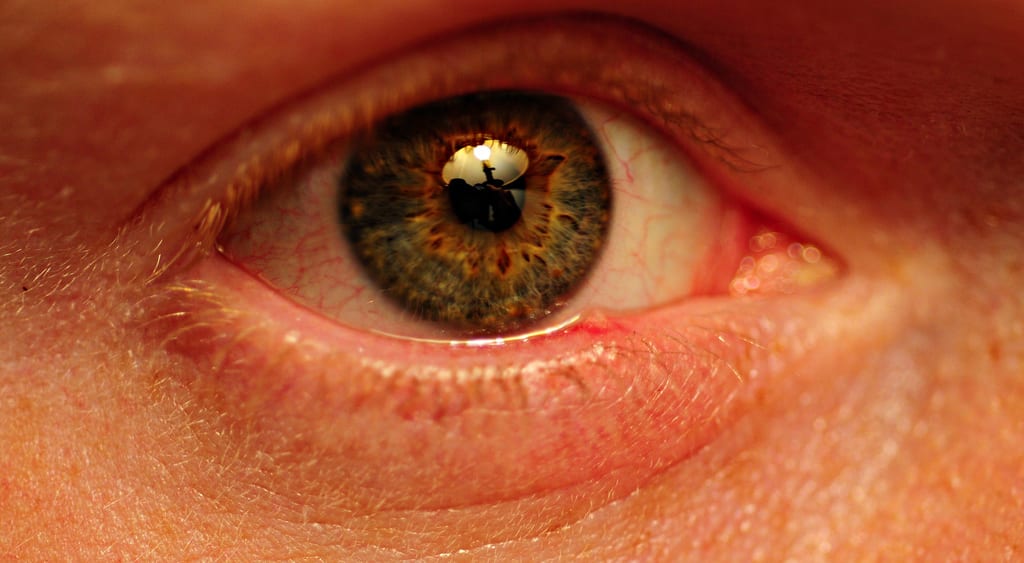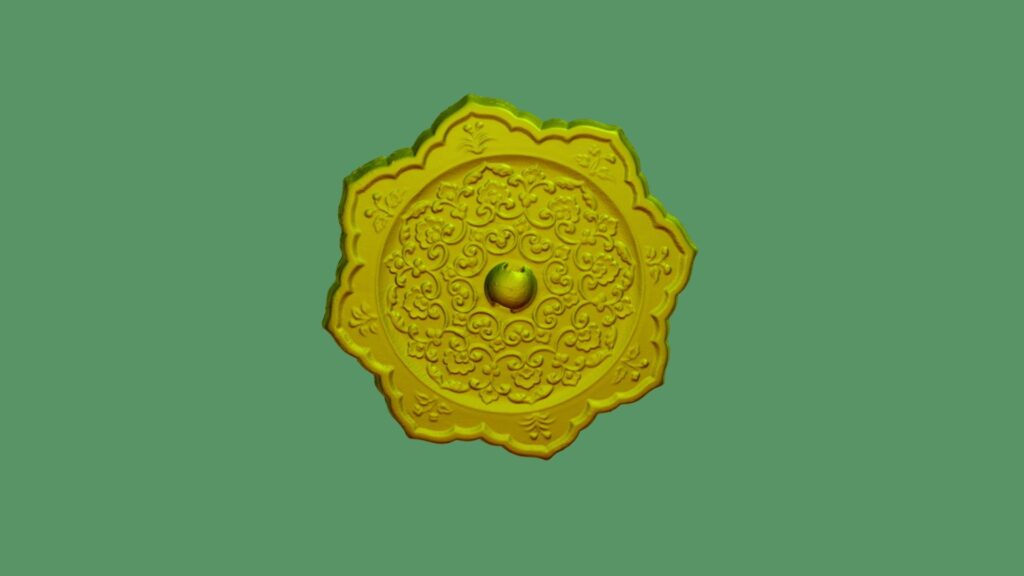A stye, also known as a hordeolum, is a common and often uncomfortable condition that affects the eyelids. It appears as a small, red, painful bump near the edge of the eyelid, resembling a pimple. While it may look alarming, a stye is typically harmless and resolves on its own with proper care. In this article, we will explore the causes, symptoms, and treatments for this condition to help you better understand and manage it.

What Is a Stye?
A stye is an infection or inflammation of the oil glands located on the edge of the eyelid. These glands are responsible for producing oils that keep the eyes lubricated. When one of these glands becomes blocked or infected, it can lead to the formation of a stye. There are two primary types of styes:
- External Stye: This type forms on the outer part of the eyelid, where the eyelashes are located. It is usually caused by an infection in the hair follicle of an eyelash.
- Internal Stye: This type develops on the inner side of the eyelid, closer to the eyeball. It occurs when one of the meibomian glands, which produce oil to prevent tears from evaporating too quickly, becomes infected.
Causes of a Stye
The development of a stye is often linked to bacterial infections, poor hygiene, or underlying health conditions. Below are some common causes:
Bacterial Infection
The most frequent cause of a stye is an infection caused by bacteria, particularly Staphylococcus aureus. This bacterium is commonly found on the skin and can enter the oil glands of the eyelid through a small cut or irritation, leading to an infection.
Poor Hygiene
Touching your eyes with unwashed hands or using contaminated makeup products can introduce bacteria to the eyelid, increasing the risk of developing a stye. Sharing eye makeup or tools like eyelash curlers can also spread bacteria.
Blocked Oil Glands
Sometimes, the oil glands on the eyelid can become clogged with dirt, debris, or dead skin cells. When this happens, the trapped oil creates an ideal environment for bacteria to grow, resulting in a stye.
Underlying Health Conditions
Certain medical conditions, such as blepharitis (inflammation of the eyelids), rosacea, or diabetes, can make individuals more prone to developing styes. These conditions often affect the skin and oil glands, making them more susceptible to infections.
Symptoms of a Stye
Identifying a stye is relatively straightforward due to its distinctive appearance and associated symptoms. Here are the key signs to look out for:
Redness and Swelling
A stye typically begins as a small, red, tender bump on the eyelid. The area around the bump may become swollen and feel warm to the touch.
Pain and Discomfort
One of the hallmark symptoms of a stye is localized pain. The affected area may feel sore or tender, especially when touched or blinked. In some cases, the pain can be severe enough to interfere with daily activities.
Pus Formation
As the stye progresses, it may develop a white or yellowish head filled with pus. This is similar to a pimple and indicates that the infection has reached its peak.
Watery Eyes
Some individuals with a stye experience excessive tearing or watery eyes. This occurs because the body is trying to flush out the infection.
Light Sensitivity
In certain cases, a stye can cause sensitivity to light, making it uncomfortable to be in bright environments.
Feeling of a Foreign Object
People with a stye often report feeling as though there is something stuck in their eye, even though no foreign object is present.
Treatments for a Stye
While most styes resolve on their own within a week or two, there are several steps you can take to speed up the healing process and alleviate discomfort. Below are some effective treatment options:
Warm Compresses
Applying a warm compress is one of the simplest and most effective ways to treat a stye. The warmth helps increase blood circulation to the area, which can reduce swelling and promote drainage of the pus. To use this method:
- Soak a clean washcloth in warm water.
- Wring out the excess water and gently press the cloth against the affected eyelid for 10 to 15 minutes.
- Repeat this process three to four times a day until the stye begins to drain or heal.
Proper Hygiene
Maintaining good hygiene is crucial to prevent the spread of infection and to avoid further irritation. Follow these tips:
- Avoid touching or squeezing the stye, as this can worsen the infection.
- Wash your hands thoroughly before and after touching your eyes.
- Refrain from wearing eye makeup until the stye has completely healed.
- Replace any eye makeup or tools that may have come into contact with the infected area.
Over-the-Counter Medications
If the pain or discomfort is significant, over-the-counter pain relievers such as ibuprofen or acetaminophen can help alleviate symptoms. Additionally, topical antibiotic ointments may be applied to the stye to help fight the infection. However, consult a healthcare professional before using any medications, especially if you have sensitive skin or allergies.
Avoiding Contact Lenses
If you wear contact lenses, it is advisable to switch to glasses until the stye has healed. Wearing contacts can irritate the eye and potentially spread the infection.
Medical Intervention
In rare cases where the stye does not improve with home remedies or becomes excessively large and painful, medical intervention may be necessary. A doctor may prescribe oral antibiotics to combat the infection or perform a minor surgical procedure to drain the pus. This is typically done under local anesthesia and is a quick, outpatient procedure.
Preventing Future Styes
While it may not always be possible to prevent a stye, adopting certain habits can significantly reduce the risk of recurrence:
- Practice Good Hygiene: Wash your hands regularly and avoid touching your eyes unnecessarily.
- Clean Your Eyelids: Use a gentle cleanser or baby shampoo diluted with water to clean your eyelids daily.
- Replace Makeup Regularly: Avoid using old or expired eye makeup, as these products can harbor bacteria.
- Manage Underlying Conditions: If you have a condition like blepharitis or rosacea, work with your doctor to manage it effectively.
When to See a Doctor
While most styes are harmless and resolve on their own, there are certain situations where you should seek medical attention:
- If the stye does not improve after two weeks of home treatment.
- If the stye becomes increasingly painful or swollen.
- If you experience vision changes or persistent redness in the eye.
- If multiple styes develop repeatedly over a short period.
A healthcare professional can assess the condition and determine whether additional treatment is needed.





